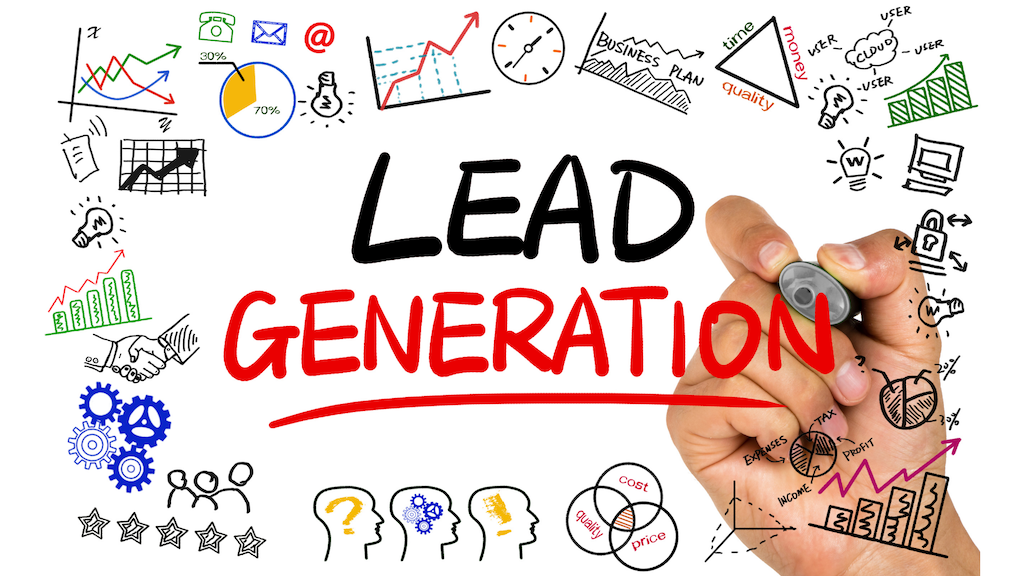Lead creation is an important aspect of customer acquisition. It is the primary goal of any marketing campaign. You’ve heard about lead generation and how entrepreneurs and marketers are all over it. They are maximizing its potential and tailoring it to your specifications. But how much do you know about B2B contact creation and its potential to redefine the term entirely?
We understand how frightening it is. You’ll need to develop a strategy for
- Developing content
- Getting visitors
- Converting it
- Qualifying it before passing it on to your sales teams
And you have to do it all at scale, all while competing for your buyer’s attention in a crowded media environment.
However, it does not have to be as difficult as it appears. We’ve broken down each stage of developing a lead generation strategy into concrete steps you can take one at a time in this comprehensive guide.
You’ll find simple explanations and concrete suggestions to help you produce more quality leads. This is beneficial whether you’re a total newbie beginning from zero or an expert looking to improve an existing strategy.
Are you ready to dive right in? Let’s get this party started.
What Is A Lead?
A potential client exhibits an interest in your company’s products or services but isn’t ready to buy just yet.
This is expressed as data exchange, such as providing a name and email address in exchange for a piece of material.
Do not mix up leads with prospects. There’s a distinction to be made. A contact is a prospective customer who must be qualified before becoming a prospect. (This indicates that they are a good fit for your company and may want to work with you in the future.)
What Is B2B Lead Generation?
Lead Generation B2B identifies potential customers (leads) and then nurtures them so they eventually become paying customers.
Leads are companies that show interest in your business by requesting information from you or your sales team.
Business to business lead generation can take place through email marketing and telemarketing, but it often involves more complex and highly targeted marketing campaigns.
How To Do B2B Lead Generation?
B2B lead generation marketing is all about attracting potential customers for your business. It’s identifying and initiating contact with potential customers to generate interest, which then become prospective customers.
The process can be complex, with multiple steps and a variety of platforms. But the ultimate goal is always the same: Get an interested party in touch with your sales team so you can make a sale.
Here’s the basic B2B lead generation marketing process:
-
Identify your target audience.
In order to sell to businesses, you must identify your target audience. To reach and sell to your ideal customer, you must know exactly who that person is, so it’s important to research your audience and come up with a solid idea of what their lifestyle and personalities are like, where they live, what they like to do, how much money they make, etc.
If you already have a list of existing customers that you want to reach out to (and if you don’t, then this is the time to build one), you can use a tool like Google Analytics or Google Search Console to find out more about them.
You can also use social media tools like Facebook Audience Insights or Twitter Analytics to find out more about your audience and their preferences.
-
Create a plan to capture clients, usually through a signup form on a landing page.
Promote your offer through paid advertising (Google AdWords), organic social media posts, email marketing, or other channels. When people click the link to your landing page, the form automatically captures their information so you can follow up with them later and move them into your sales funnel.
-
Create content for different stages of the buying cycle.
When you understand where your ideal customers are in the buying cycle, you can tailor your content, so it meets their needs at the right time. Your goal should be to provide information and resources that help push them down the funnel.
For example, if they’re at the top of the funnel (TOFU), they might not be ready to talk to sales yet. In this case, you can focus on creating blog posts that educate them about their problem and demonstrate how your product or service is the best solution.
-
Contact leads and nurtures them with content like email newsletters or free trials until they’re ready to buy.
Then, hand the information over to your sales team, who will contact them and guide them through a sale.
It’s worth noting that there are several different definitions for B2B lead generation. Some people consider any form of business-to-business marketing to be a form of lead generation (e.g., cold calls, trade shows, etc.). Others only consider these activities if the business pays for the leads generated by these activities, rather than simply getting their name on an email list or collecting data at a trade show booth.
Why Is B2B Lead Generation Important?
There are several reasons why lead generation is a crucial part of any business’s growth strategy. Here are just a few:
-
New Leads = New Customers
New prospects mean new potential customers for your company. Without new prospects, it is difficult for your business to grow. A steady flow of new contacts is important for keeping sales going strong.
-
Keep Your Sales Pipeline Strong
For sales teams to focus on closing deals, they need a healthy pipeline of opportunities in the first place. Otherwise, they’ve stuck cold-calling or chasing down individual prospects who may not even be ready to buy yet.
-
Consistent, Targeted Audience
If you’re looking for new customers and clients, you can’t just wait for them to find you. Instead, you have to go out and find them. With an effective traffic generation strategy, you can create consistent opportunities for growth. This can help ensure that your business doesn’t have to rely on a few big sales sporadically.
-
Long-Term ROI Gained From Leads
When done correctly, lead generation gives your business an ROI (return on investment) that keeps paying off for years to come. Unlike other forms of marketing, referrals don’t just deliver one-time revenue — they can produce ongoing revenue from sales and customer referrals, and upselling opportunities over time. As such, it’s important not only to generate leads but also to nurture those inquiries, so they become high-value customers.
Who Conducts B2B Lead Generation?
Many marketers believe that to generate leads. You have to have an aggressive sales team on hand. While it’s true that sales teams can help you close deals, they can’t do all the work by themselves if you’re relying on outbound marketing techniques like cold calling or door-to-door sales. Instead, every member of your company should be contributing in some way to generating and nurturing prospects.
Generally speaking, the people involved with B2B lead generation include any individual who participates in the process that turns a prospect into a qualified sales-ready prospect.
This process is typically broken down into three stages:
- Top of the Funnel (TOFU)
- Middle of the Funnel (MOFU)
- Bottom of the Funnel (BOFU).
The top of the funnel involves creating awareness of your company and its products/services. This typically involves gathering information on potential customers through various marketing channels, such as content marketing, social media, and email marketing.
The middle of the funnel revolves around customer nurturing. At this point, leads are passed to sales for further qualification. For example, you may send a lead email with additional information about your product/service or a follow-up call from a sales representative.
The bottom of the funnel is where most sales conversations occur. If a lead is qualified and ready to buy, they’ll move through this stage quickly. However, suppose a prospect isn’t ready to purchase yet. In that case, you can still nurture them at this stage by educating them about your product/service and finding out their pain points. This surely will help you to qualify them further when they’re ready to move forward in the buying cycle.
How To Qualify Someone As A Lead?
A target is usually deemed to be a sales-ready contact. It’s someone who has passed your initial marketing hurdles and expressed interest in your product or service.
The key components you need to identify or remember to qualify someone as a lead:
- Need — they have defined a problem that your product can solve (or they’re looking for a solution)
- Uniqueness — they have their own set of challenges and requirements that may call for customization of your product/service
- Organization fit — they are part of an organization that has the budget and authority to purchase what you sell
The goal is to capture early in the decision-making process. This is crucial especially when there is no urgency on their part to buy from you. You want to contact them so you can nurture them through the purchasing journey until they are ready to make a purchase.
What Are The Most Effective B2B Lead Generation Tools?
At the best of times, prospect creation is a difficult and time-consuming task. So, what can you do to shorten the procedure and save time?
Fortunately, there are some tools available to assist you in this endeavor.
- Leadfeeder – convert website visitors into leads using Google Analytics data.
- FindThatLead – find email addresses based on name and company domain.
- CrazyEgg – build landing pages that convert.
- HubSpot Sales Hub Pro – generate, manage and track leads from one platform.
- OptinMonster – create stunning lead capture forms to grow your email list.
- Inspectlet – record user behavior on your website to identify leads.
- Facebook Ads – leverage the power of Facebook to reach new audiences with highly targeted ads.
Final Words
Modern B2B companies have evolved into global organizations. So, the lines of communication and networking between businesses have grown thinner, often leaving marketing and sales to fend for themselves. To generate enough attention and interest and build a stable customer base, B2B companies started looking for other ways to find potential prospects beyond their network. Notable examples of such methods are social media marketing and search engine optimization (SEO), which can benefit upcoming customer acquisitions.
The first step in effective opportunity generation is understanding. If you don’t have a thorough grasp of what your customer wants, you won’t be able to deliver anything that content on the site. Once you understand their wants, you can use them as criteria for doing your market research. By this, you will know more about the products and services that are out there that will fulfill those wants and needs.
FAQ
What is B2B lead generation?
B2B lead generation is the process of identifying prospective clients or customers for a business’s products or services. This involves attracting businesses, converting them into leads, and then nurturing them into becoming customers.
Why is B2B lead generation important?
B2B lead generation is important because it helps businesses to find and attract potential clients, which can lead to increased sales and revenue. It also helps businesses to build relationships with potential customers, which is crucial for long-term success.
What are some strategies for B2B lead generation?
Some common strategies for B2B lead generation include content marketing, email marketing, search engine optimization (SEO), and social media marketing. These strategies help to attract and engage potential clients, and can be used to nurture leads and convert them into customers.


